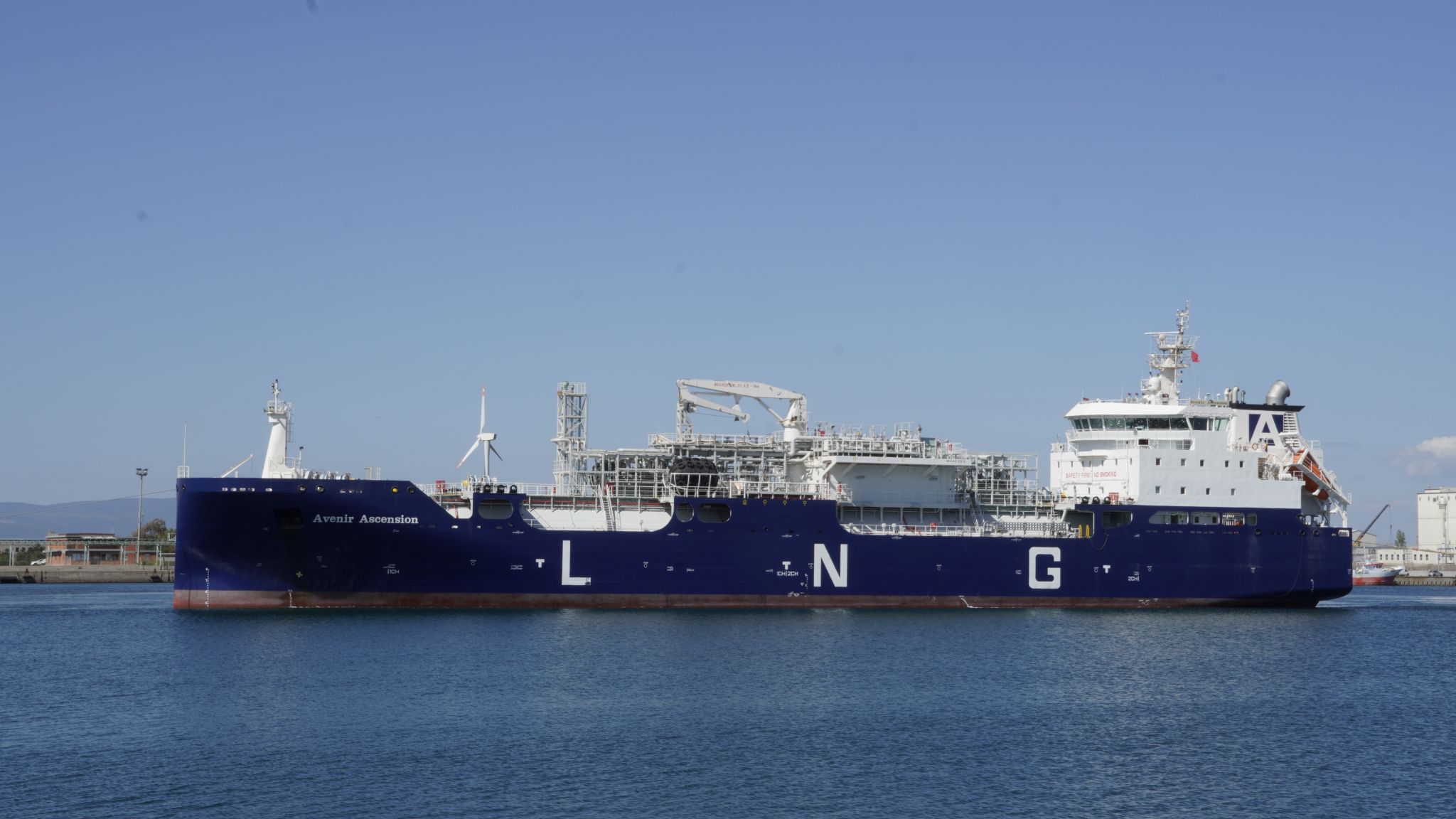This story requires a subscription
This includes a single user license.
Built in 2022, the 7,500-cbm vessel started using bio-LNG for its own propulsion as of April 1.
“The vessel will run 100 percent on bio-LNG for the remainder of 2025, reducing our CO2 emissions by more than 3,500 tons CO2 emissions per year, equivalent to the annual emissions of over 2,000 passenger vehicles,” Avenir LNG said.
Jonathan Quinn, managing director of Avenir LNG, said the company is seeing a growing demand from its customers for the supply of bio-LNG.
“We have developed a flexible and efficient supply chain to enable the cost-effective delivery of bio-LNG across North West Europe. To further demonstrate our commitment to more sustainable marine fuels we have elected to run Avenir Ascension on bio-LNG on a voluntary basis for 2025, making a positive statement alongside our customers to reduce emissions well beyond existing regulatory requirements,” he said.
Since 2022, Avenir has been operating bunker supply vessels, including Avenir Ascension, in Northwest Europe and supplies marine customers and terminals with LNG and bio-LNG.
The majority of customers are ferries, container vessels, and product tankers in Scandinavia and the Baltic Sea region.
Avenir LNG has a fleet of five vessels on the water and two under construction
Norway’s Stolt-Nielsen recently launched an offer to buy remaining shares in the small-scale LNG player after it bought stakes from Golar LNG and Hoegh family holding company Aequitas.
According to the firm, its unit Stolt-Nielsen Gas now holds more than 95 percent of the outstanding shares and votes in Avenir LNG.
Following completion of the compulsory acquisition, Stolt-Nielsen Gas will pursue a delisting of Avenir LNG’s shares from Euronext N-OTC, Stolt-Nielsen said.

